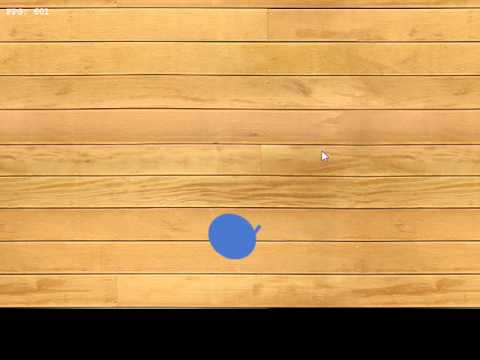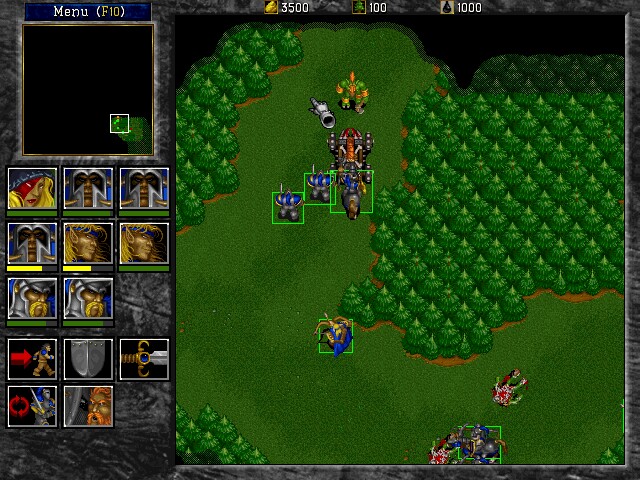I have just finished the mouse input for my game. My “player” sprite will always look at the mouse position. I am now trying to set up a zoom and translate to center the “player” sprite. I want to have it so when the sprite moves, it will stay exactly center in the frame. I sort of have one working, but when I start moving around, the mouse part gets all screwed up. Also, I can’t get it perfectly centered in the frame. Is there some kind of formula, or do I have to eye it out.
Edit: Solved!
My old atan2 function used the center of the sprite minus the mouse position to get the rotation. It worked fine when it was in the center, but when I moved around with the sprite, it got messed up.
My new atan2 function uses the center of the screen (400 x 300 in my case) minus the mouse points to get the rotation. Works fine now.




